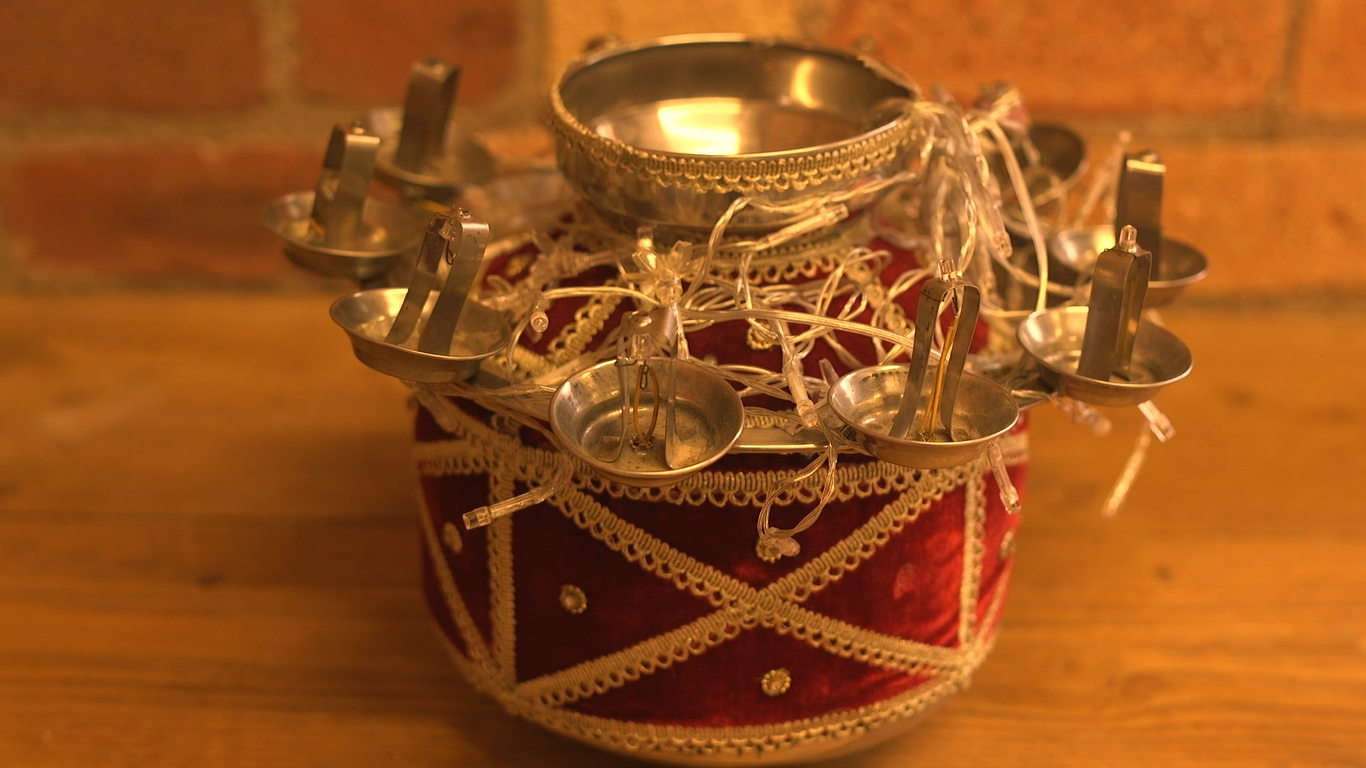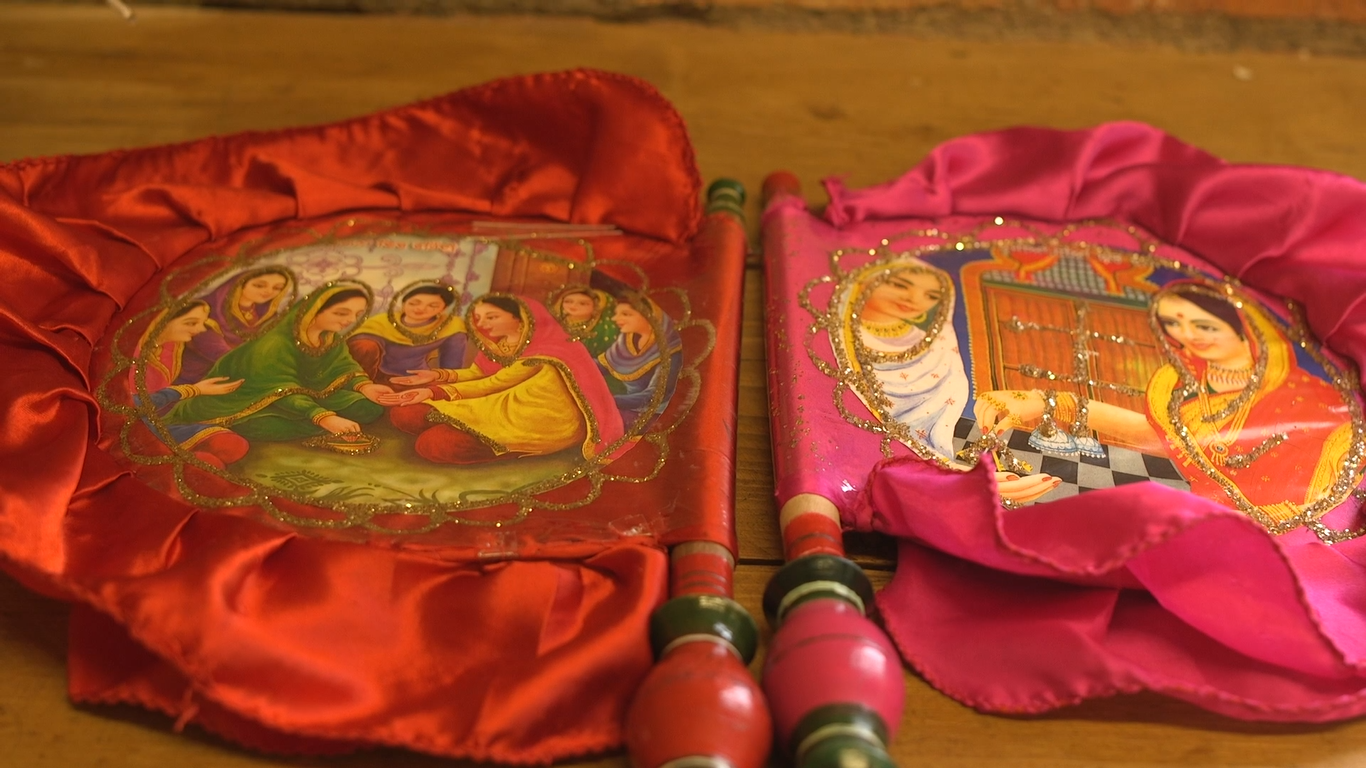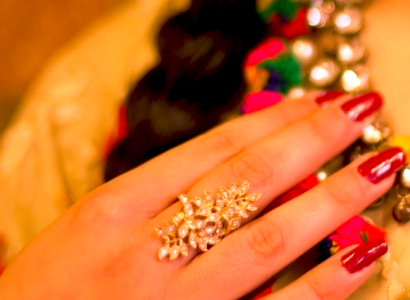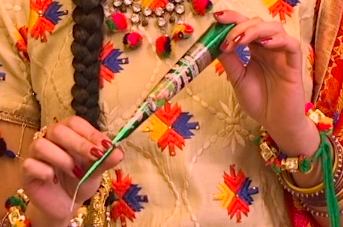Being British Panjabi
This blog showcases Panjabi culture from the perspective of Anisha Kaur Johal, a young British Panjabi. Anisha provides an introduction to Panjabi culture and discusses a range of topics such as dance, dress and traditions. Key cultural outfits, accessories and dance props are also highlighted. We hope that you enjoy this snapshot of what being Panjabi is like.
The Panjabi culture is very bright, colourful, vibrant and stems from the Panjab region of India. The name ‘Panjab’ has Persian origins: ‘Panj’ means 5 and ‘ab’ means ‘river’, meaning that the Panjab is ‘the land of 5 rivers’. However, the current Panjab is significantly smaller than what it originally was because in the Partition of 1947 the British split Panjab in two – some of the original Panjab now resides in Pakistan. The term ‘Panjabi’ can be used to refer to a person whose culture originates from the Panjabi and the language of the Panjab. Many Panjabis fought for Britain in the World Wars and moved to Britain after the war to help rebuild the country. There are many British Panjabis living in the UK, reportedly over 700,000 Panjabis reside in Britain today.
Bhangra and Gidha
The main forms of Panjabi dance are Bhangra and Gidha. Bhangra is a fast paced, energetic dance which is notably known for being danced to the dhol drum. Many of the dance moves in Bhangra stem from daily farming activities as many men worked in the field of Panjab as agriculture was a significant industry. Bhangra was mainly danced by men, but now it is also popular with females.
Bhangra dance is known internationally, with the diaspora learning the art of Bhangra dance and dance teams being formed worldwide who perform the traditional dance at events such as weddings, festivals and national and international competitions. Many UK Universities also have Bhangra societies which compete annually in national Bhangra competitions.
Gidha is a female dance which mainly consists of footwork and clapping. Gidha literally means 'clap'. However, Gidha often narrates a story and is danced to boliyan. In the villages of Panjab, women used sing boliyan to tell each other stories about their family, marriage and life in general, but did so whilst completing daily chores. In contemporary Gidha performances, there is a lot of drama and role play incorporated into them to keep the storytelling tradition alive.
Fashion
There are many different forms of Panjabi fashion and it is always evolving. However, the main female traditional Panjabi attire, called a suit, consists of 3 parts: a long top which reaches the knees and can have short, long or no sleeves (kameez), baggy bottoms (salwar) and a scarf which can either be worn to cover the head, around the neck, on the shoulder or across the shoulder (chunni). You can also get different types of bottoms such as a trouser (lose trousers), pajama (fitted trousers like leggings) or ghagara (long skirt). The main traditional design in Panjabi attire is phulkari, which is a floral pattern that is handstitched onto suits, particularly onto chunniya (scarfs). Phulkari pattern is very bright, colourful and vibrant.
There are also many accessories to accompany the outfit such as bindi (often a dot on the forehead), kanteh (earrings), haar (necklace), banga (bangles), panchu (hand accessory), mundiya (rings), mendhi (henna), parandhi/doori (hair accessory), jhanjara (anklets) and mojeh (a type of shoe).



















